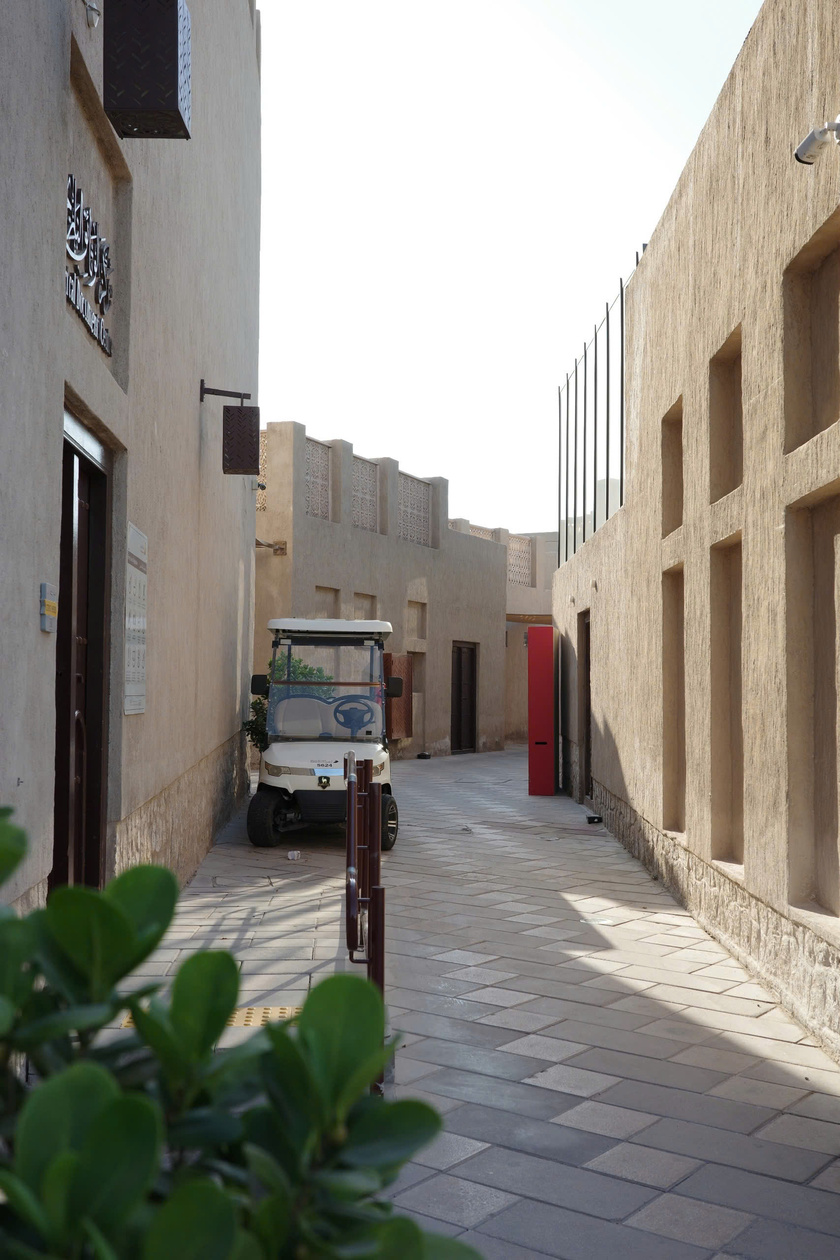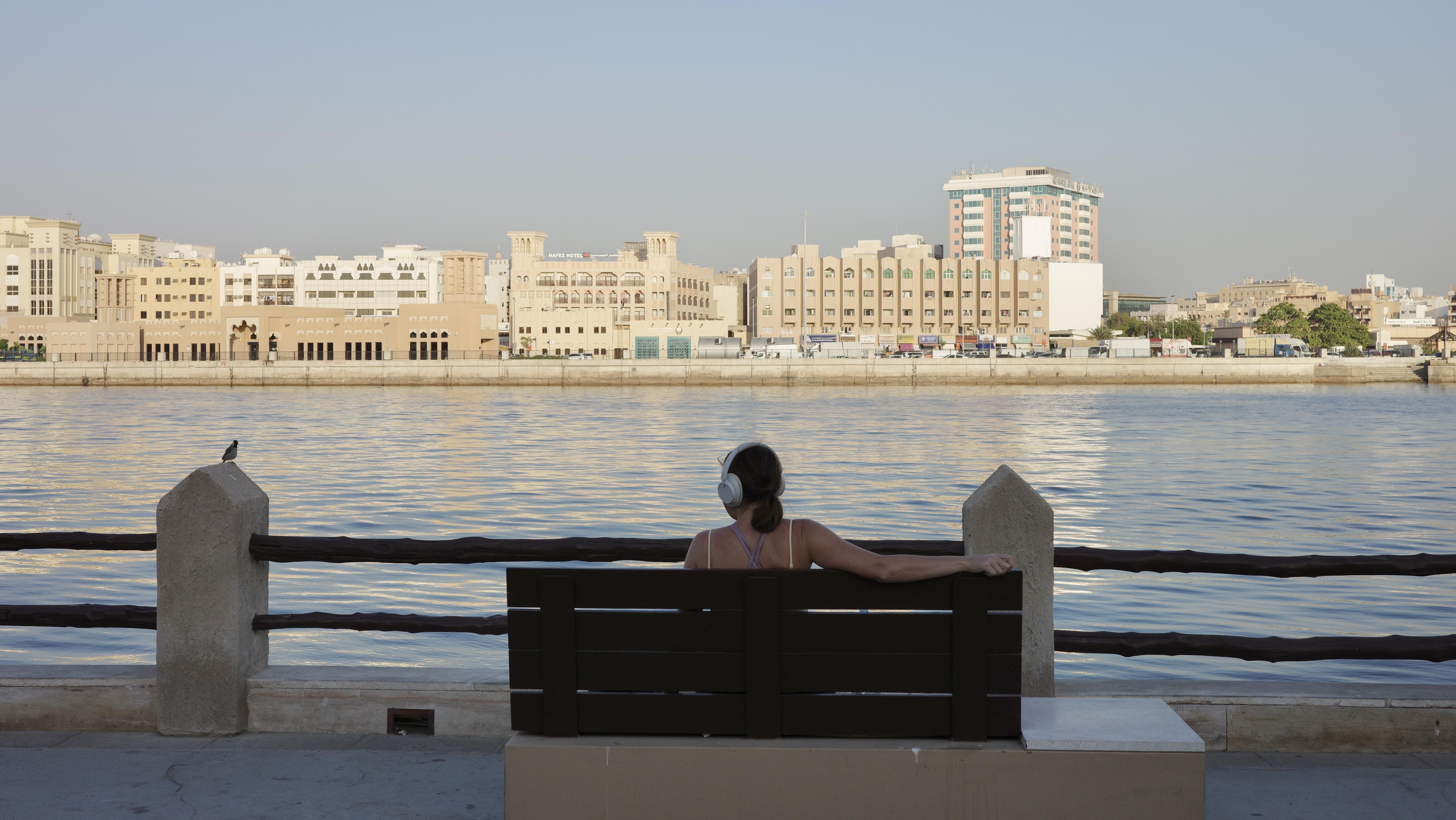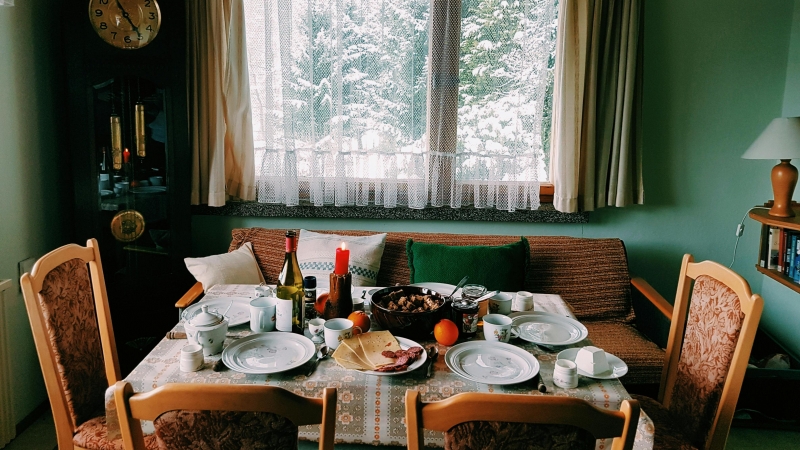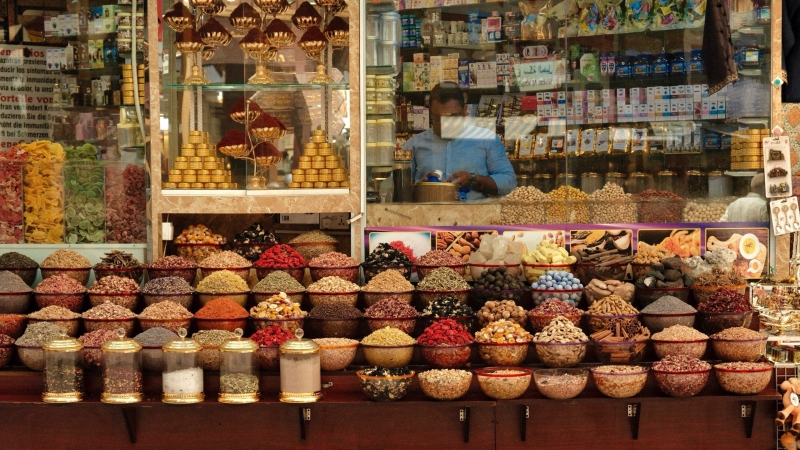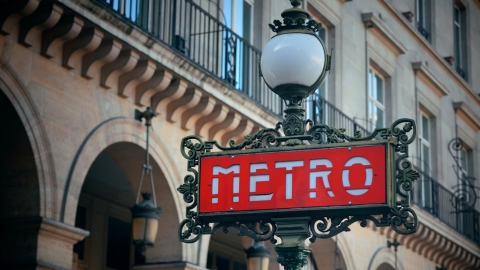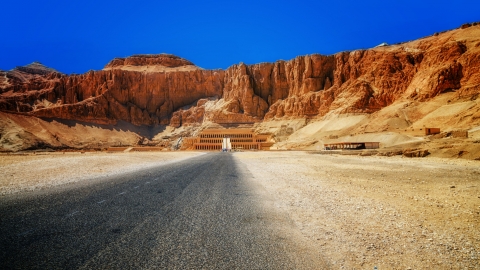A different Dubai
I received an electronic map and followed it into the “museum”. Following the creek bank, winding through the paths between the unique architectural lines of the barajeel house, the first feeling was extremely impressed by the harmony of the architectural space placed in the sky and the ground of this place. The golden sunlight towards the afternoon further enhanced the beauty of the colors and architecture, like a mysterious guide to the stories of Dubai in the past.

Distinctive architectural features of barajeel houses under the shade of date palm trees
Traditional Emirati homes, known as “barajeel” houses, are architectural marvels designed to withstand the harsh desert climate. Distinctive wind towers capture and channel cool breezes, creating a form of natural air conditioning. Each home is characterized by courtyard layouts, intricate wooden lattices, and the use of raw materials such as coral stone and plaster. The architecture reflects the practicality and resourcefulness of the Emirati people in adapting to their environment.
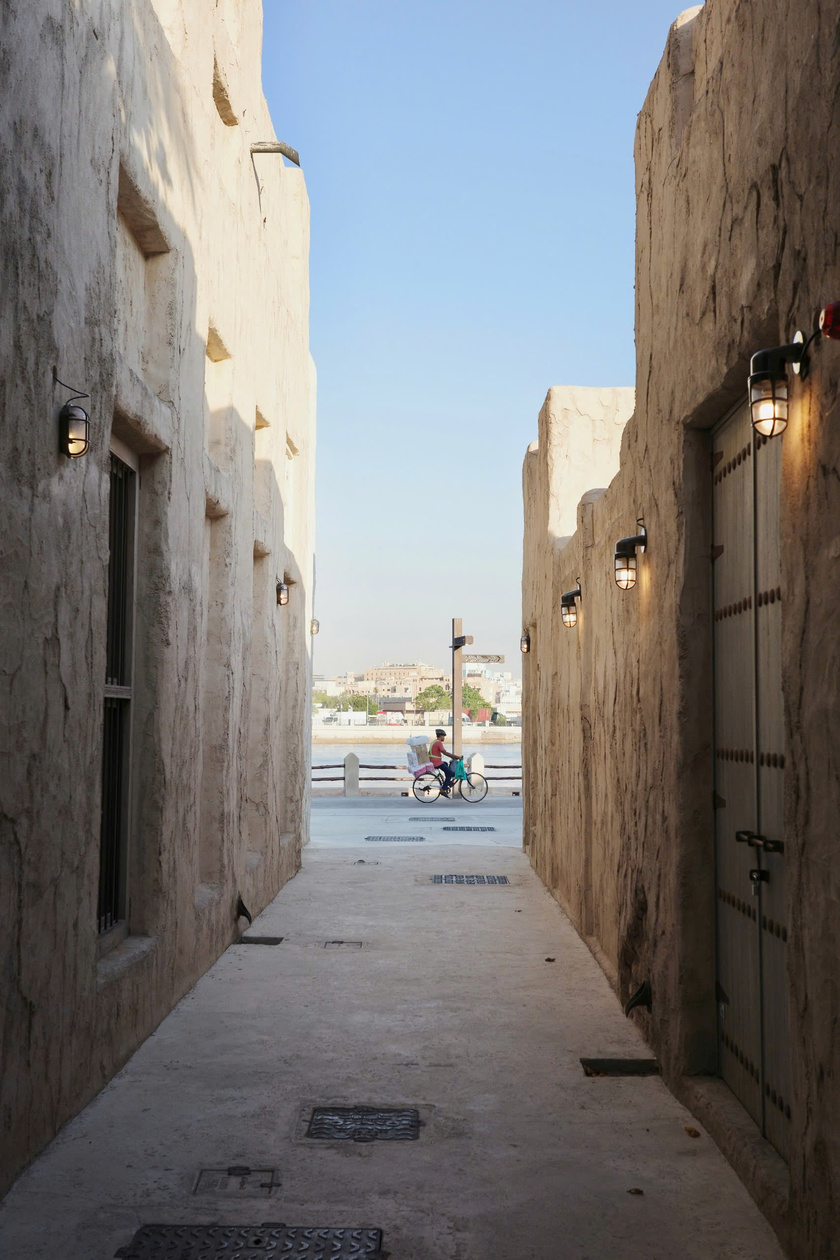
22 museum display homes located on Dubai Creek
Starting from house number 2 - Children's Pavilion and number 3 - Dubai Creek: Birth of a City (house number 1 is the Visitor Center, where tickets are purchased), I entered the screening room shaped like a boat in the open sea, which is the beginning of the history of Dubai's formation on the Arabian Gulf. Next are the houses that recreate traditional industries in Dubai from the past to the present. Clear information, easy-to-understand presentations, and modern technological interactions are arranged in each traditional house, giving visitors a very valuable experience.

Houses with traditional Arabic roofs and decorations. The sightseeing houses in the bright afternoon sunlight.
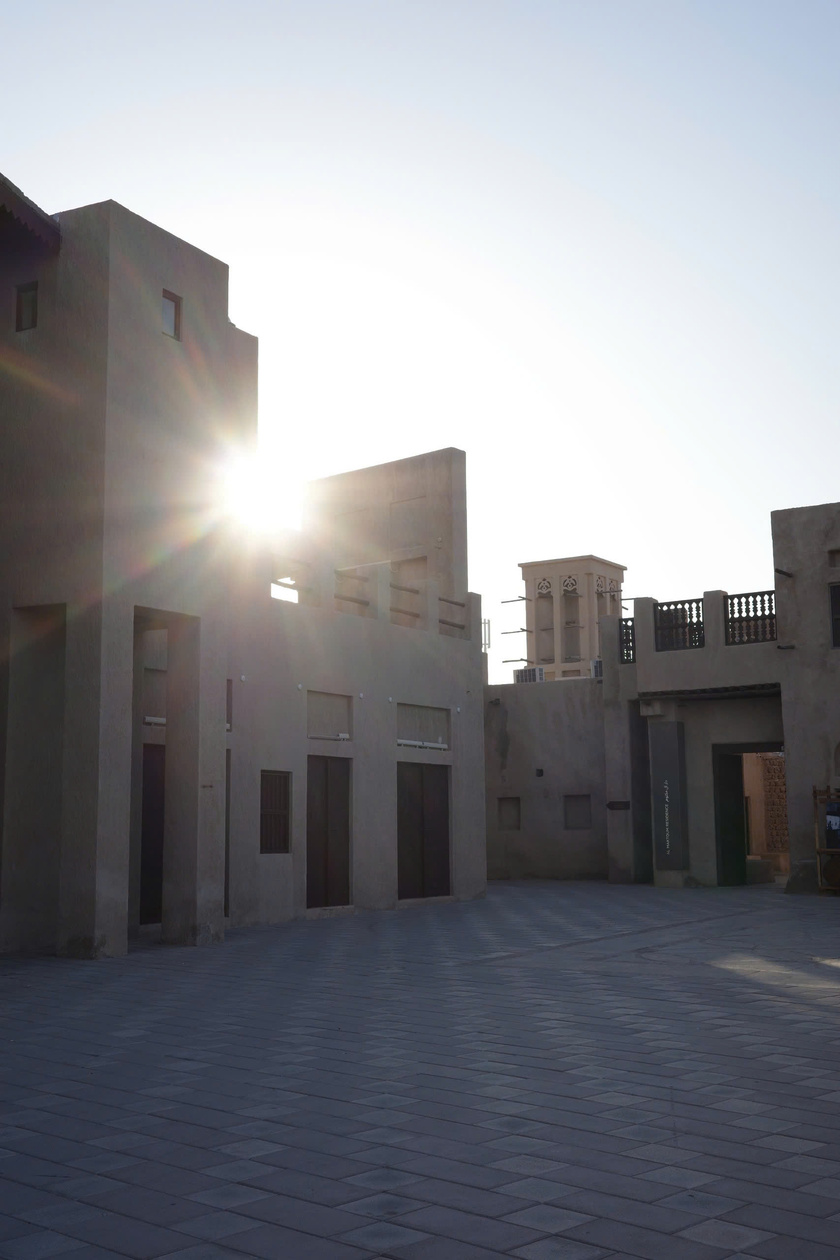
The sightseeing row in the bright afternoon sunlight
On a journey through the galleries of Al Shindagha Museum, you will step into the context of Dubai's lives from land to sea, seeing the fuels and stories that make up the kingdom's prosperity.
Different from the glitz that tourists often hear about Dubai such as the richest shopping mall in the world or skyscrapers, here you will have a new, more local perspective of this special country. For me, the most interesting house is house number 10 - Poetry House, where the kingdom's literature is expressed through nomadic Arabic poems. The poems are printed on large canvas, hanging from the high ceiling like an interesting maze of language.
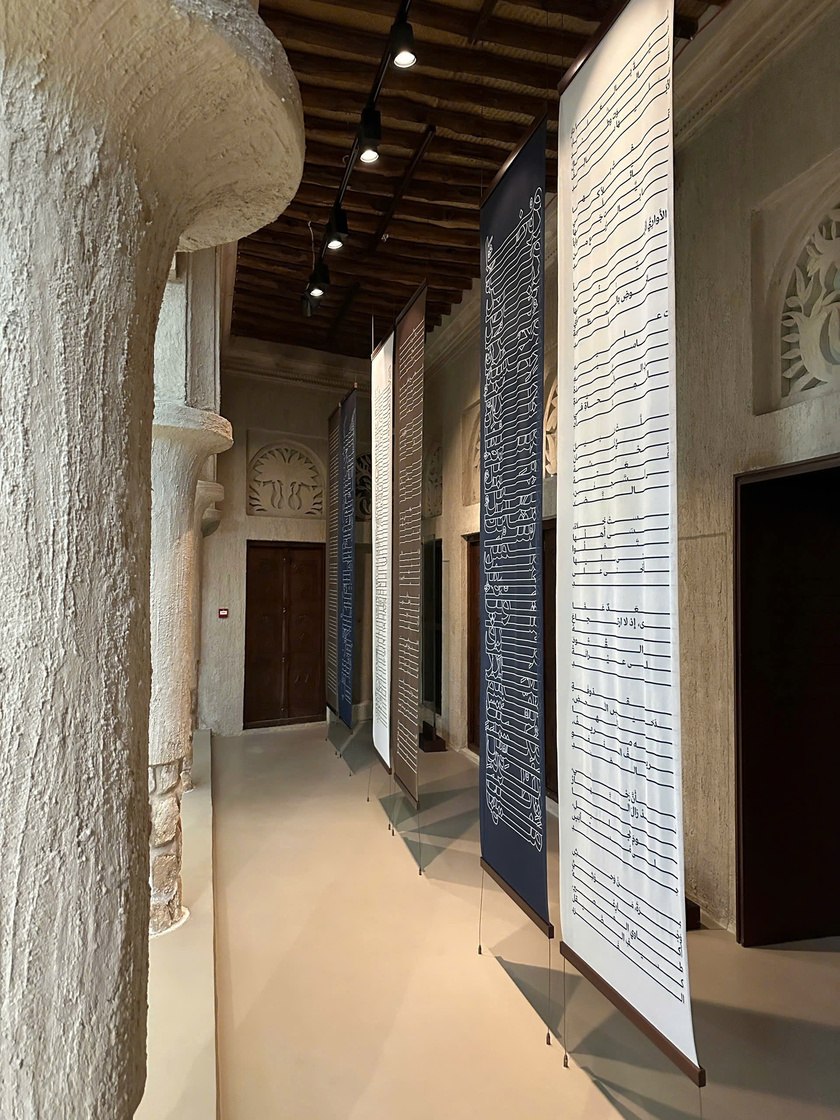
Arabic poems spread across Poetry House's exhibition space

Inside the modern display, many smart and beautiful interactions
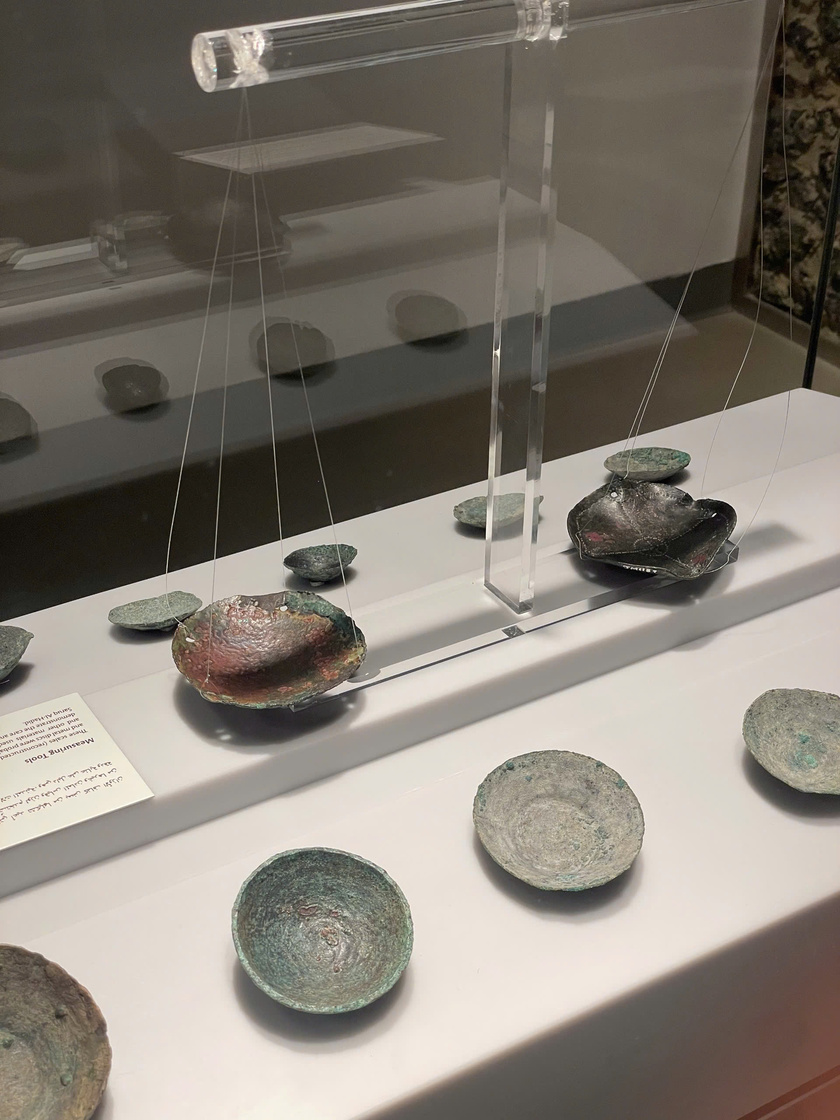
Some traditional handicrafts of Dubai people
At the end of the tour, you can walk around Dubai Creek to enjoy the cool breeze and watch the sunset. Not far away is the AI Seef area with a market and a cute ramen shop called Wokyo right next to the creek, this is also the place where you can watch the beautiful sunset in Dubai.

Ramen shop with sunset view
Al Shindagha Museum Information
Address: 288 - Dubai - United Arab Emirates
Ticket price: 50 AED (about 345,000 VND)
Open 10am - 8pm (last entry 7pm)
To visit and learn about all 22 houses of the museum you will need at least 5 hours, to just take a quick look around it will take about 2 hours.
Al Shindagha Museum, located in the historic Al Shindagha area along Dubai Creek, is a unique cultural destination that helps visitors explore Dubai’s rich history and heritage. The museum features interactive exhibitions that showcase the traditional lives of Dubai residents through the ages, from the early days of pearl diving and trading to the city’s modern development.

Visiting the AI Shindagha Museum is an experience not to be missed when visiting Dubai
In particular, the museum also provides vivid audio and visual experiences, helping visitors easily immerse themselves in the stories and traditional customs of the local people. Al Shindagha Museum is not only a place to display precious artifacts but also a center for cultural education and organizes activities and seminars to inspire and raise awareness about Dubai's heritage.
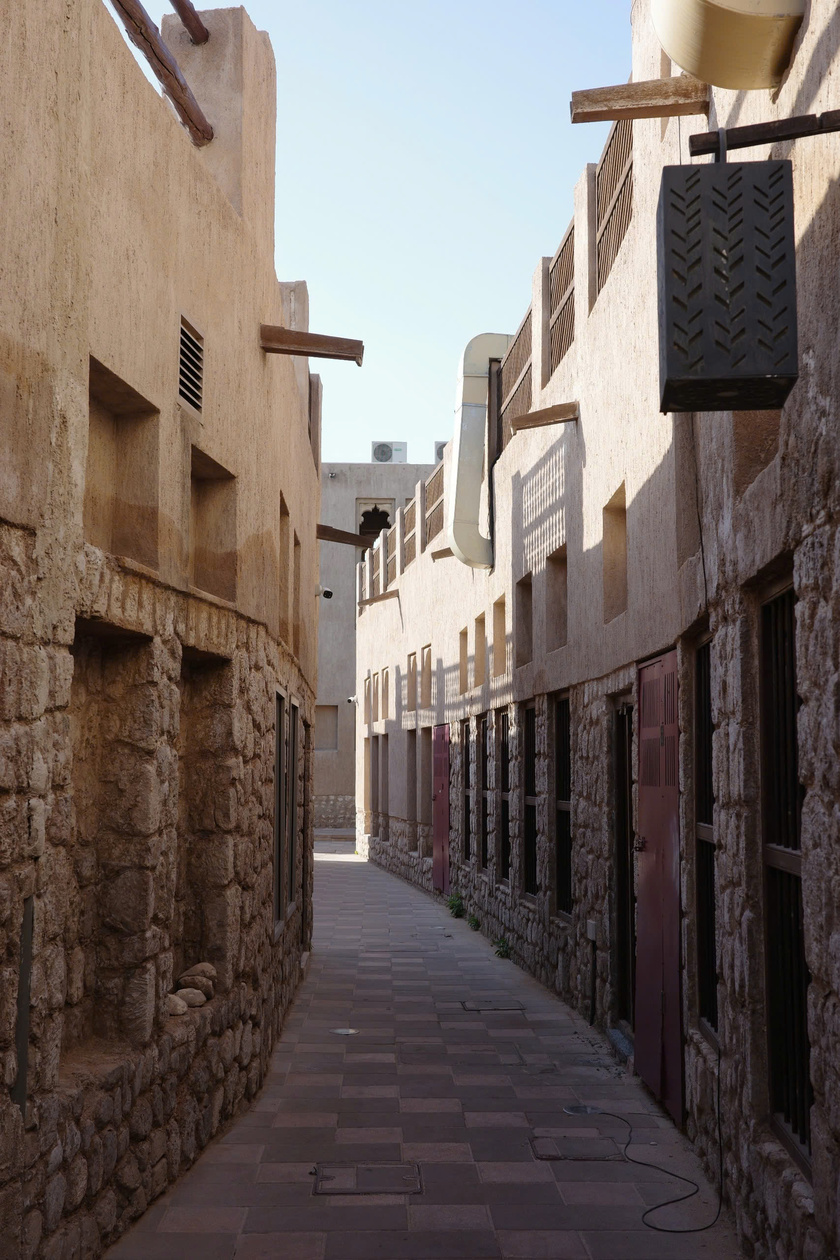
The paths between the houses are also very beautiful.
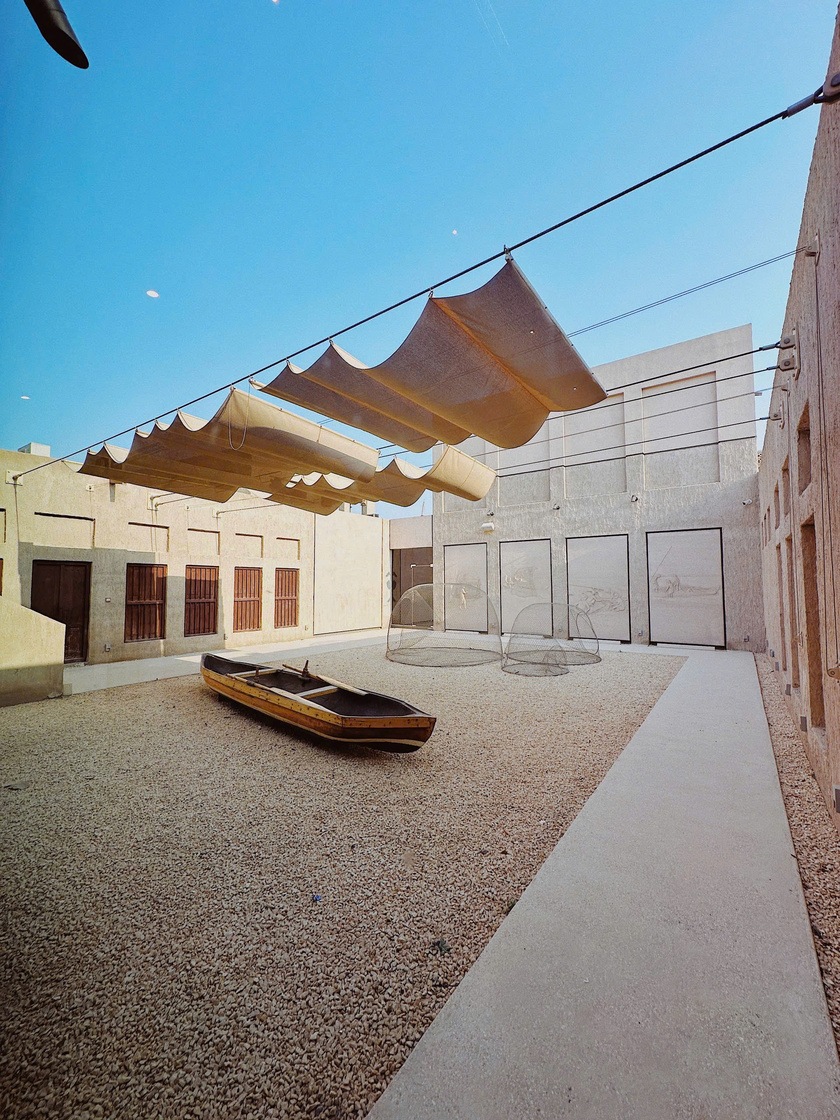
The house's outdoor exhibition area tells the story of traditional Emirati fishing.
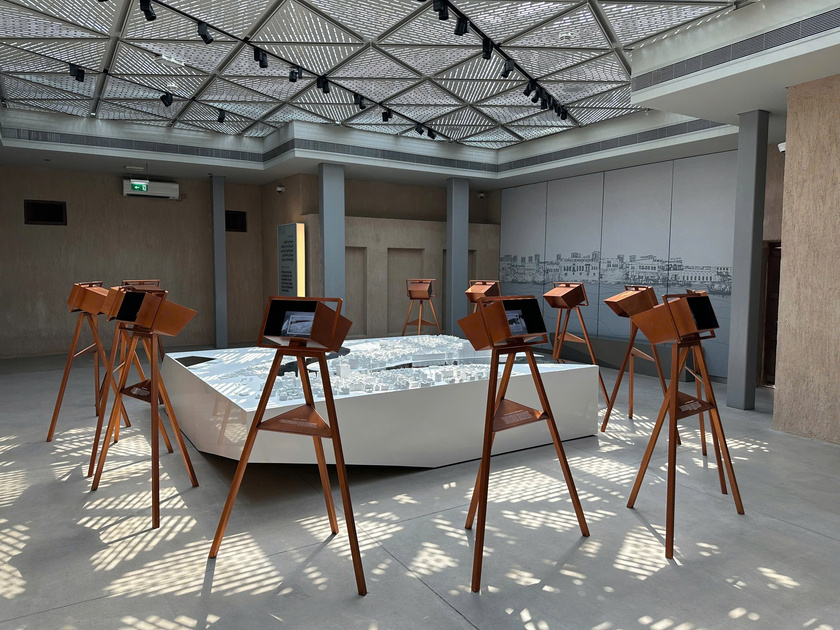
Display techniques combined with modern technology bring many new experiences to visitors.
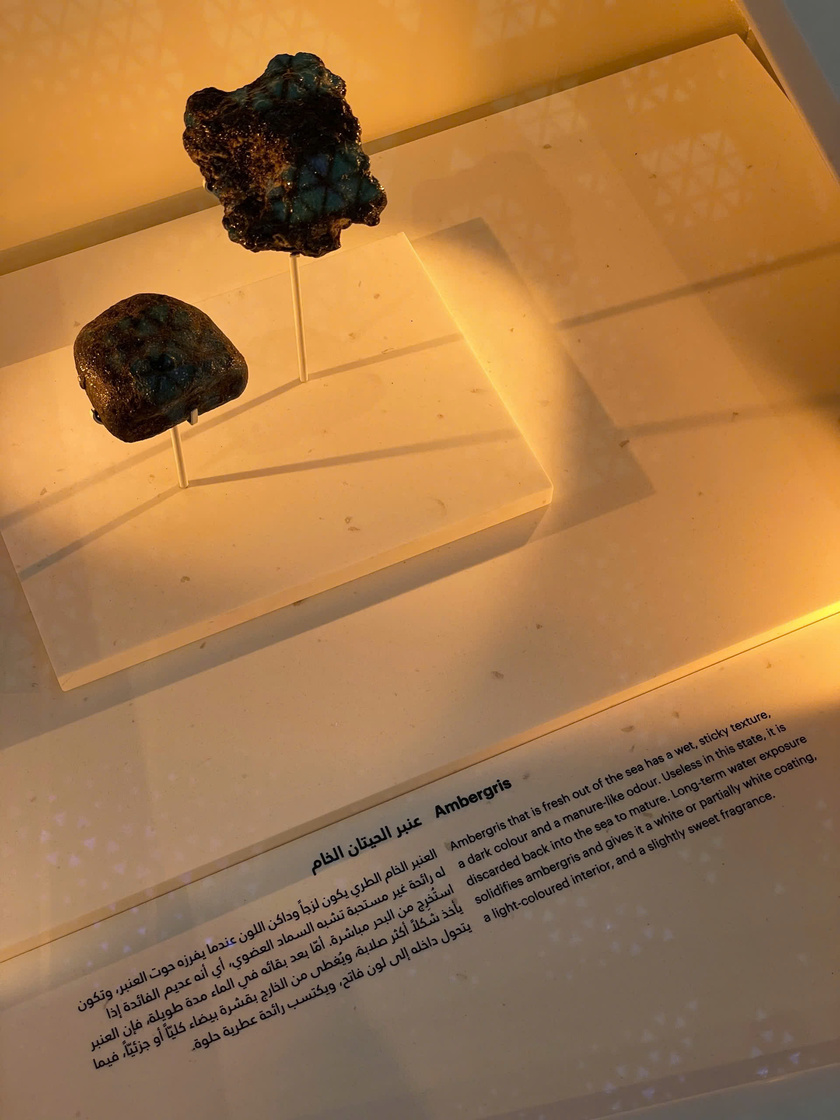
Ambergris - a precious ingredient in Dubai
A famous quote from the current King of Dubai is emphasized in this museum space: “We may not live for hundreds of years, but the products of our creativity can leave a legacy long after we are gone” - His Highness, Sheikh Mohammed bin Rashid Al Maktoum.
“We may not live for hundreds of years, but our creations can leave a legacy long after we are gone."
Indeed, the traditional industrial heritage and cultural foundations in Dubai, shown through the exhibits and records at the museum, have shown many valuable achievements of the kingdom, and at the same time, created opportunities for visitors to better understand the prosperity of Dubai in the present. This is an ideal destination for those who want to learn about Dubai not only through its modern appearance but also through a meaningful long-standing cultural journey.
